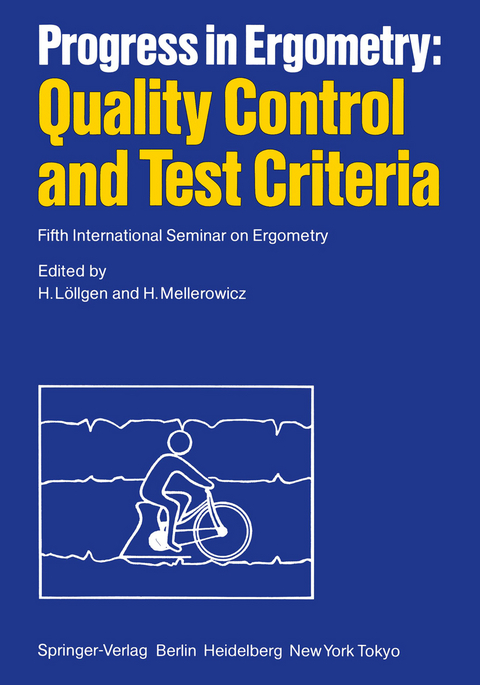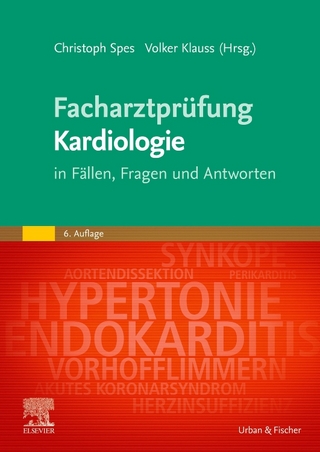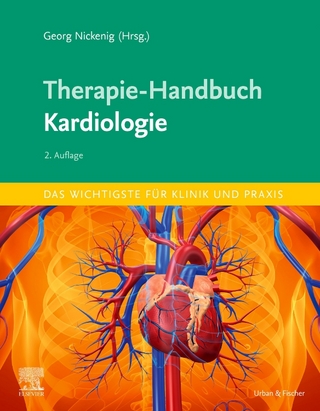
Progress in Ergometry: Quality Control and Test Criteria
Springer Berlin (Verlag)
978-3-540-13570-8 (ISBN)
The measurement oflactate is straightforward and reliable. The sampling is normal ly dependable, although discrepancies between sample sites can occur if samples are drawn during other than steady state conditions or when blood flow to the site is low. Comparison of data between subjects should consider intra- and interindividu al variation. Interpretation of the significance of blood or even a muscle lactate concentration is extremely difficult and neither can be assumed to reflect rates of lactate release or production. Lactate metabolism appears to be very significant in short-term, high intensity work lasting a few seconds, but the exact role remains to be established. Blood lactate and the pulmonary aspects of anaerobic threshold are not necessarily causally related and the significance of anaerobic threshold as a metabolic measure remains obscure. There are numerous examples of changes in blood or muscle lac tate independent of oxygen availability, and factors such as H+ concentration ap pear to play an important, although undefined, role in regulating lactate production and/or release.
Welcoming Remarks.- Welcoming Address.- Opening Remarks.- Introductory Remarks.- Preliminary Remarks on the Present State and Future Tasks of Ergometry.- Introductory Comments on Quality Control and Test Criteria in Ergometry.- Quality Control and Test Criteria in Ergometry.- Methodological Aspects and Quality Control in Ergometry - Exercise Testing During Invasive Studies: Reproducibility and Effect of Posture.- Advantages of the Computerized Breath-by-Breath Method for the Interpretation of Spiroergometric Data.- Quality Control in Exercise Testing, with Special Reference to Computer Processing of Exercise Electrocardiograms.- Some General Functions and Their Differential Use.- Measurement and Interpretation of Lactate.- OBLA Exercise Stress Testing in Health and Disease.- Specificity and Test Precision of the Anaerobic Threshold.- Anaerobic Threshold and Oxygen Pulse as Fitness Criteria in Submaximal and in Peak Exercise Testing.- Ergometry: A Method for the Adjusted Common Functional and Metabolic Response Testing.- Factorial Structure of Measures Assessing the Energetic Capacities of Trained Individuals.- R Wave Response and Exercise ECG.- Significance of Asymptomatic ST-Segment Depression During Exercise in Postinfarction Patients.- Significance of Ambient Air Temperature and Humidity in Tropical Ergometry: The Critical Temperature.- Dependence of W170 Results on Ambient Temperature (16°C-24°C).- Factor Analysis of Physical Fitness: Comparison of Rowers with Cross Country Skiers.- Quality Criteria and Power Calibration of Ergometers.- Performance Requirements for Bicycle Ergometers.- Accuracy of Constant Load Electromagnetic Bicycle Ergometers: A Case Study.- Body Weight and the Evaluation of Spiroergometric Test Criteria.- Comparability of Absolute andBody-Related Performance Capacity in Ergometry.- Physical, Physiological, and Body Compositional Differences of Male and Female Septuagenarians.- Normal Values for Blood Pressure in Bicycle Ergometry.- Prognostic Significance of an Overshooting Exercise Blood Pressure as an Indicator for Subsequent Manifestation of Hypertension.- Significance of Longitudinal Variance of Ergometric Measurements.- Low Work Load During Physical Stress Testing Is Mental Stress Testing.- Reaction of Cardiopulmonary Parameters and Lactate During Submaximum and Maximum Work Loads Depending on Different Tests and Input Loads.- A Comparison of Bicycle, Paddling, and Treadmill Spiroergometry in Top Paddlers.- Activity of Energy Metabolism Enzymes in the Vastus Lateralis of Young Men of Different Performance Levels.- Comparative Measurements of VO2max and PWC170 in Schoolchildren.- Response to Maximal Ergometric Load of Different Types and Relation of Cardiorespiratory Parameters to Specific Performance in Young Swimmers.- Determination of the Anaerobic Threshold in Various Ergometric Tests.- Appendix: Proposals for Quality Control in Ergometry.
| Erscheint lt. Verlag | 1.9.1984 |
|---|---|
| Zusatzinfo | XII, 278 p. 6 illus. |
| Verlagsort | Berlin |
| Sprache | englisch |
| Maße | 170 x 244 mm |
| Gewicht | 495 g |
| Themenwelt | Medizinische Fachgebiete ► Innere Medizin ► Kardiologie / Angiologie |
| Medizin / Pharmazie ► Medizinische Fachgebiete ► Sportmedizin | |
| Naturwissenschaften ► Physik / Astronomie | |
| Technik ► Bauwesen | |
| Technik ► Maschinenbau | |
| Schlagworte | Blood pressure • Capacity • Control • electrocardiogram (ECG) • Hypertension • quality • quality control • Quality Control, Reliability, Safety and Risk • Test |
| ISBN-10 | 3-540-13570-7 / 3540135707 |
| ISBN-13 | 978-3-540-13570-8 / 9783540135708 |
| Zustand | Neuware |
| Haben Sie eine Frage zum Produkt? |
aus dem Bereich


